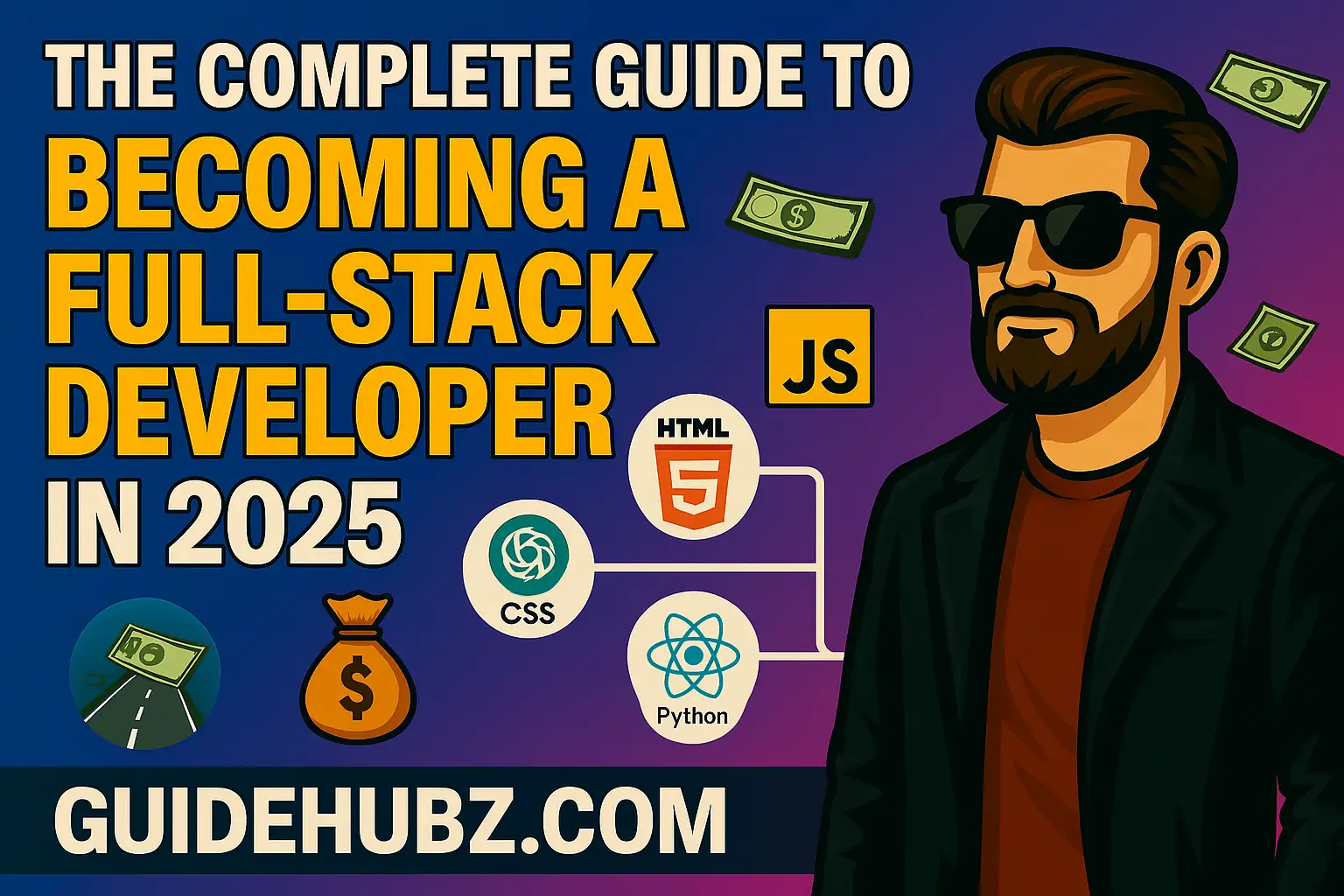In today's economy, saving money feels harder than ever. But what if you could save hundreds—even thousands—each month without feeling deprived? After analyzing the latest financial trends and testing dozens of methods, I've identified 10 money-saving hacks that actually work in 2025. These aren't your grandma's budgeting tips but modern strategies leveraging technology and behavioral psychology to help you build wealth faster.
2025 Reality Check: The average American wastes $1,200 annually on unnecessary subscriptions and $2,400 on impulse purchases. The strategies below will help you reclaim that money while maintaining your lifestyle quality.
1. The AI-Powered Spending Audit
Traditional budgeting apps are outdated. The new wave of AI financial assistants (like Cleo and Wally) now:
How AI Can Save You Money
- Automatically negotiate bills: AI bots can lower your cable, internet, and phone bills
- Predict spending traps: Alerts before you overspend based on your patterns
- Find hidden subscriptions: Identifies and cancels unused services
- Smart cashback: Automatically applies best rewards for each purchase
How to Get Started Today
- Download a top-rated AI finance app (Cleo, Wally, or Rocket Money)
- Connect your bank accounts (all use bank-level security)
- Set your savings goals and spending limits
- Enable automatic bill negotiation features
- Review weekly AI-generated spending reports
Case Study: Sarah reduced her monthly expenses by $427 using Cleo's automatic bill negotiation and subscription cancellation features—without changing her lifestyle.
2. The Stealth Savings Challenge
Forget traditional savings methods. This behavioral economics hack makes saving effortless:
The Psychology Behind Stealth Saving
- Round-up technology: Apps like Acorns invest your spare change automatically
- Invisible transfers: Schedule small, frequent transfers you won't notice ($5-20)
- Frictionless accounts: Use separate savings accounts at different banks to reduce temptation
- Progress visualization: Apps show your growing savings in motivational formats
Stealth Savings Options Compared
- Round-up apps (Acorns): $85-$220 | 3-7% ROI
- Micro-investing (Stash): $50-$300 | 5-9% ROI
- Automatic transfers: $100-$500 | 0.5-4% APY
- Cashback investing (Pei): $25-$150 | 1-3% cashback
Advanced Stealth Saving Hack
Link your debit card to a savings app that rounds up purchases AND invests the difference. For example, spending $4.75 coffee triggers a $0.25 investment. Over a year, these micro-investments can grow to $500-$1,000 without feeling any lifestyle impact.
3. The Subscription Purge Protocol
The average person has 12 paid subscriptions but uses only 5 regularly. Here's how to clean house:
| Subscription Type | Avg. Monthly Cost | Alternative | Savings |
|---|---|---|---|
| Streaming Services | $45 | Rotate services monthly | $25/month |
| Gym Memberships | $58 | Classpass or YouTube workouts | $35/month |
| Meal Kits | $75 | Strategic grocery shopping | $50/month |
| Cloud Storage | $12 | Free tier + external drive | $12/month |
| Software Suites | $30 | Open-source alternatives | $30/month |
Pro Tip: Use Trim or Truebill to automatically identify and cancel unused subscriptions. These services take a percentage of your first year's savings (typically 15-33%) but require zero effort from you.
4. The Cashback Stacking Method
Most people use cashback apps wrong. Here's how to maximize returns in 2025:
Cashback Stacking Formula
- Cashback credit card (2-5%)
- Cashback browser extension (1-20%)
- Retailer loyalty program (1-10%)
- Manufacturer coupons (5-30%)
- Seasonal promotions (5-50%)
Example: A $100 purchase could yield $15-$40 back when stacked properly.
Best Cashback Tools for 2025
- Browser Extensions: Rakuten, Honey, Capital One Shopping
- Credit Cards: Citi Double Cash, Chase Freedom Flex
- Mobile Apps: Ibotta, Fetch Rewards
- Cashback Portals: TopCashback, BeFrugal
5. The 24-Hour Rule for Impulse Spending
Neuroscience shows impulse purchases activate the brain's pleasure centers. This simple rule can save you hundreds:
How the 24-Hour Rule Works
- When tempted to buy something non-essential, take a screenshot
- Save it in a "24-Hour Review" folder on your phone
- If you still want it after 24 hours, buy it (most urges pass)
- After a month, review your "saved" purchases—you'll be shocked how few you still want
2025 Twist: Use apps like OneSec that force a 20-second delay before completing online purchases, reducing impulse buys by up to 70% according to Stanford research.
6. The Grocery Savings Algorithm
Food prices keep rising, but these strategies can cut your grocery bill by 30-50%:
Grocery Savings Formula
- Meal planning with seasonal produce: 15-25%
- Store brand alternatives: 10-30%
- Bulk buying staples: 20-40%
- Flash food apps (Too Good To Go): 50-70%
- Rewards stacking: 5-15% extra
2025 Grocery Hacks
- Use Flipp to compare circulars across stores instantly
- Shop mid-week when markdowns are highest
- Buy "ugly produce" through Misfits Market
- Join your grocery store's loyalty program for personalized coupons
7. The Energy Savings Overhaul
With energy costs soaring, these upgrades pay for themselves fast:
| Upgrade | Cost | Annual Savings | Payback Period |
|---|---|---|---|
| Smart Thermostat | $150-$250 | $100-$150 | 1.5-2 years |
| LED Bulbs (Whole Home) | $100-$300 | $75-$125 | 1-3 years |
| Energy Monitor | $50-$150 | $80-$200 | 6-18 months |
| Water-Saving Showerhead | $20-$50 | $50-$100 | 3-6 months |
Bonus: Many utility companies offer rebates for energy-efficient upgrades—check your provider's website before purchasing.
8. The Side Hustle Arbitrage
Turn your unused assets into income streams:
Asset Monetization Options
- Rent unused space: Parking spot ($100-$300), Storage ($50-$200)
- Rent equipment: Camera gear ($200-$800), Tools ($100-$400)
- Rent vehicles: Car ($300-$1,500), Bike ($50-$200)
- Rent clothes: Designer items ($50-$500)
Best Platforms for 2025
- Parking: SpotHero, Neighbor
- Equipment: Fat Llama, RentNotBuy
- Vehicles: Turo, Getaround
- Clothing: Rent the Runway, Style Lend
9. The No-Spend Challenge (2025 Edition)
Traditional no-spend challenges are outdated. Try this modern version:
The 5-Category No-Spend Challenge
Instead of cutting all spending (which rarely works), pick 5 categories to pause for 30 days:
- Dining out (cook at home)
- Entertainment subscriptions (use free alternatives)
- Clothing (shop your closet)
- Impulse purchases (implement 24-hour rule)
- Convenience fees (ATM, delivery, etc.)
Results: Most participants save $300-$800 in their first month without feeling deprived because they still spend on essentials and a few chosen luxuries.
10. The Automated Savings System
The ultimate "set it and forget it" savings strategy:
Automated Savings Blueprint
- Direct deposit split: Send 10-20% of paycheck straight to savings
- Bill negotiation: Use apps like Rocket Money to lower recurring bills
- Round-up investments: Acorns or Qapital for passive investing
- Cashback optimization: Use cards/extensions that auto-apply best rewards
- Annual review: Audit subscriptions and services once yearly
Sample Automated Savings Results
| Strategy | Monthly Savings | Annual Total |
|---|---|---|
| Direct Deposit (15%) | $450 | $5,400 |
| Bill Negotiation | $75 | $900 |
| Round-Up Investing | $120 | $1,440 |
| Cashback Stacking | $65 | $780 |
| Total | $710 | $8,520 |
Final Tip: Start with just 2-3 of these strategies that resonate most with you. Small, consistent changes create massive results over time. The key is making saving automatic so willpower isn't required.




